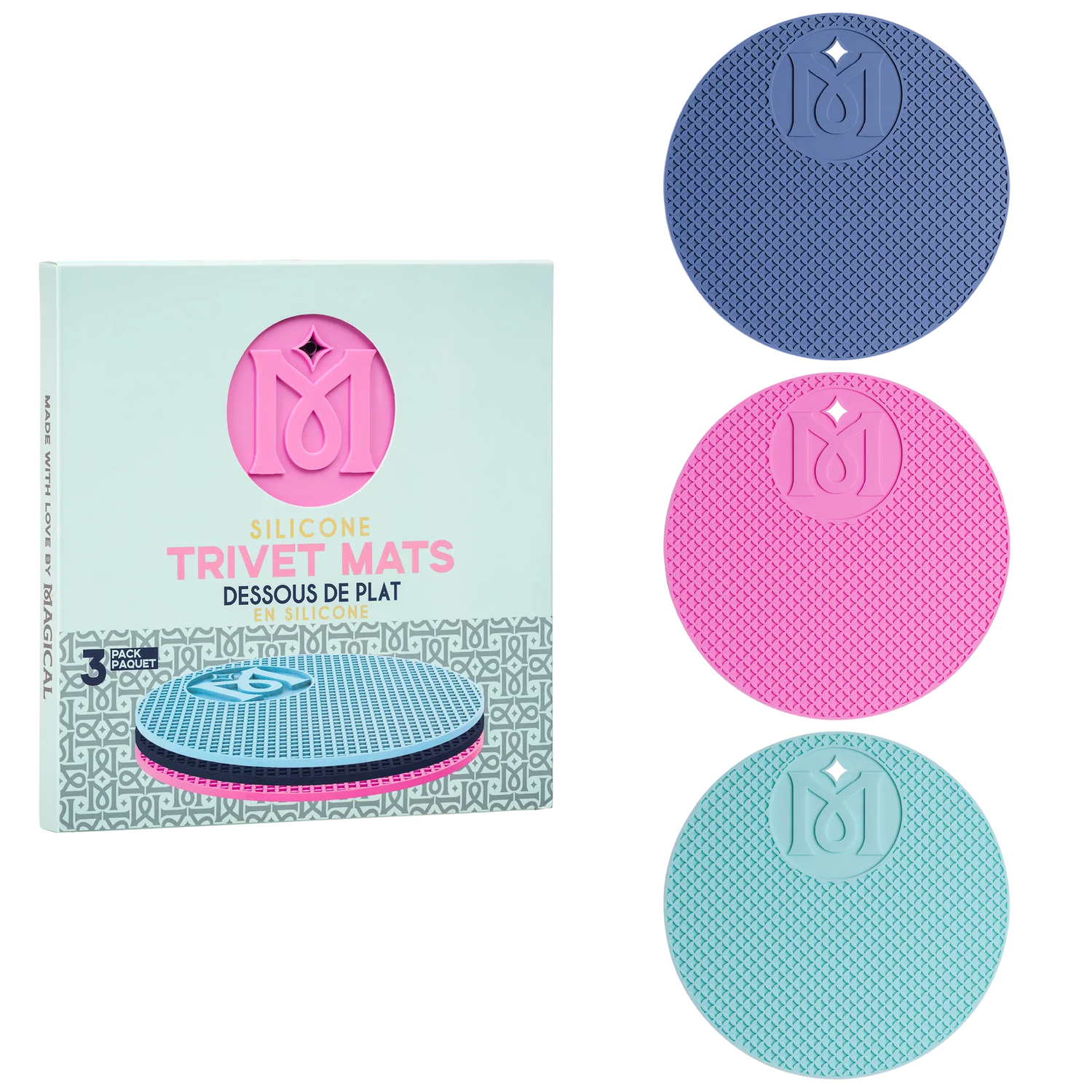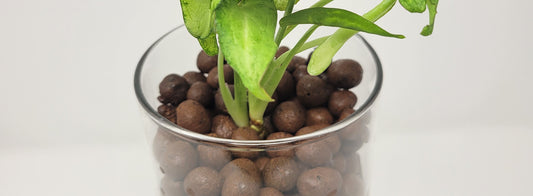For updated information see: How to Get More From Your Grow Light
Light is a good thing for plants. We all learned that pretty early on in our lives and the point is constantly and consistently driven home by lighting manufacturers in the indoor gardening industry. With all the competition by manufacturers to bring growers the strongest, most penetrating light, gardeners often fall in love with idea of buying more light than they need.
But did you know that there is such a thing as too much light? Most gardeners would be surprised at how much development slows down as the plant begins to become strained with an overabundance of intense lighting. Often times if gardeners would just raise their grow lights, they would see the difference for themselves.
Grow Light Spacing
Before we get into height and intensity, let's discuss how close together you should hang your lights. This will depend on your light and the size of your space.
Consulting your light's PAR map should give you an idea of the area dimensions that the light will cover at different heights. It usually comes with your light, or can be found online.
If you're trying to cover a large area, you can use fewer lights by not allowing the coverage areas to overlap. To determine the distance:
- Using your PAR map(s), look at the dimensions of your coverage area
- Take the length of the coverage area and subtract the length of your light
This is approximately how far apart your lights should be.
Length of coverage area - Length of light = how far apart your lights should be
The Symptoms of Too Much Light
So, how do you know if your plants are experiencing too much light? We’ve put together a list of 4 symptoms:
1. Folding and Hiding.
Usually seen when transplanting young, tender plants outside or placing under an intense light too soon. The sudden change in light can cause plants to fold over on themselves in an effort to get shade, similar to a plant that needs water.
2. Stunted Development.
Especially telling in fruiting or flowering plants, the upper most growth will be unable to cope with the overabundance of light and begin slowing or even halting growth as a result.
3. Bleaching or Whitening of the Plant Tissue.
Especially common on the growth nearest the top of the plant, this will generally happen when your light is so intense that it begins to evaporate the chlorophyll out of your plants tissue.
4. Physical Burning.
This is a rare occurrence and typically involves either direct contact with or extremely close proximity to the lamp itself. Under the wrong circumstances, the heat from a light may be enough to completely dehydrate the tissue irreparably damaging the affected area. This is not only bad for your plant, it’s dangerous!
What To Do
Now that we’ve looked at the symptoms, let’s look at how to resolve the problem or prevent it from happening in the future. Before you go out and buy a brand new light from your local hydroponics store, let’s first try and adjust the distance of your light to the plant’s canopy. We’ve put together the following diagram to help you better visualize where that sweet spot may be, and a Par Meter can help you fine tune your placement. As you can see, your grow light is putting out 3 important levels of intensity.

THE GOOD.
This is the optimal amount of light. Like Goldilocks, it's not too hot, not too cold. The intensity is still very strong and direct with a good amount of horizontal coverage and vertical penetration, but you aren't burning your plants. This is the sweet spot.
THE BAD.
This is light that is only barely usable to your plants. The intensity is too low to provide more than the bare essentials for photosynthesis, and in most gardens, that just won't cut it. Your plants may appear pale and lanky, even with adequate nutrients.
THE UGLY.
The space with the hottest, brightest area of light directly underneath your reflector. If your plants are consistently reaching this point you should consider raising your reflector, managing your crop height or looking at a lower wattage alternative if these options aren’t available to you.
Grow Lights and Reflectors
The right light for any space will cover the required area while remaining a safe distance from the top of your plant’s canopy. Higher powered lights such as 1000 watt double ended HPS systems are very bright and powerful. Designed to keep the sweet spot as large and as bright as possible, these work best with either a substantial amount of vertical space to allow for spread and dissipation in a smaller greenhouse type reflector, or a fairly wide reflector when used at typical heights to help spread all that light in a much wider, less intense beam.
If vertical height is a limiting factor, growers can still maintain these ultra high levels by utilizing multiple, lower wattage lamps spread over the garden in place of more powerful, centrally located ones.
Different reflectors throw different shaped lighting footprints. Selecting the right reflector can make the difference in efficiency regarding final hanging height. For example; many manufacturers offer a basic wing style reflector suitable for use with anything from a 250 watt Metal Halide to a 1000 watt HPS. With the proper hanging height these reflectors can effectively cover a 2’x4’ all the way through a 4’x4’ grow area. Proximity to reflective or light absorbing materials will also come into play. Grow tents have varying degrees of reflective material designed to bounce light back into the plant area. If constructing your own grow room or space, other materials such as black and white poly film or Mylar can be used to help maximize and more efficiently use the light output from your indoor lighting system.
Best Light for Your Space
The numbers below are general guidelines for reflector height over plant canopies, as well as the amount of area (footprint) a light covers. These numbers may vary based on reflector size and shape, desired footprint and plants' lighting needs, but they serve as a basis from which to choose the best light for your area and needs.
|
TYPE OF GROW LIGHT |
HEIGHT |
FOOTPRINT |
|
1000W DE HPS |
36+” |
5x5 |
|
1000W HPS |
24-36” |
4x4 |
|
600W HPS |
18-24” |
3x3 |
|
400W HPS |
12-18” |
2x4 |
|
250W HPS |
12+” |
2x2 |
|
315W CMH |
24+” |
3x3 |
|
630W CMH |
30+” |
4x4 |
|
200W LED |
16” |
2x2 |
|
400W LED |
16-24” |
3x4 |
|
600W LED |
24+” |
4x4 |
If you still have questions or would like help choosing a lighting system that’s right for your needs. We are always available by chat, email at contact@taphydro.com, or give us a call at 404-464-8313. If you're in the Atlanta area, you can stop by Taproot Hydroponics.






3 comments
Great job. To the point and real life relevant. Keep it up."""<a hrefhttp://taikijapaneserestaurant.com.au/>indoor solar lights australia
"""
How far from the top of the grow tent can I hang my california lightworks solarsystem 1100 Uvb? Will it heat the top of the tent if it’s too close?
I have a model1000 duel chip and fans made in China full spectrum I got a 3 way meter and at 20 inches my meter only shows100 at10 inches it is 500 my meter goes to 2000 at10 inches the temp is not to bad. Light don’t put out very much heat. How close should I have my light and how much area will my light cover? I have a 5×5 tent. What do you recommend for my tent. Thanks